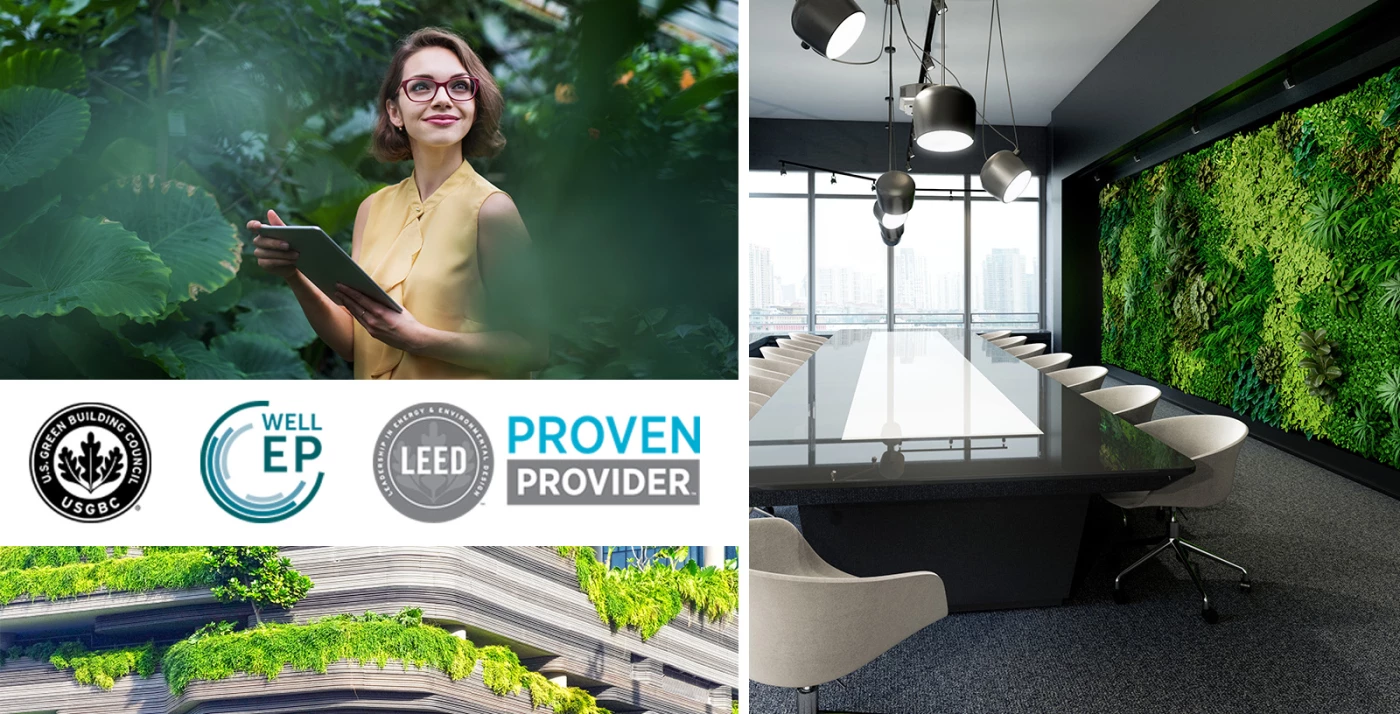
19. 5. 2023
Were you aware that up to 40% of all energy consumed in the world is used to construct, operate and maintain buildings?
ESG certifications provide an independent, objective assessment of a property's environmental, social and economic sustainability. In simple terms, they show how a building or office affects its surroundings and how it affects the health and well-being of the people who live or work in it.
Different certifications vary according to the area on which they focus; whether environmental, social or administrative and whether applicable to new or existing buildings.
New buildings
Strong construction activity in major cities in the Czech Republic and other CEE countries means that a significant proportion of office buildings on the market are new builds. This category of property is covered by several ESG certifications. First of all, there are two of the world's most respected certification systems for the design and construction of environmentally-friendly real estate: LEED for Building Design and Construction and BREEAM for International New Construction. Both of these major certification systems can serve as evidence that a building has met a certain environmental target and has zero or limited environmental impact. Although each certification assesses sustainability in a slightly different way, the key criteria are essentially the same. They include site selection and assessment in terms of land use and the project's impact on biodiversity, building energy efficiency or carbon footprint. The assessment also includes water consumption, waste production and pollution. Both certifications assess materials used in the building’s construction as well as the building’s impact on the health and well-being of its occupants. Other certifications, such as the WELL Building Standard or Access4you, also focus on the latter area. While WELL focuses on air and water quality, lighting, noise and other factors that affect people's well-being and health, Access4you assesses how spaces are adapted to the special needs of the people who occupy them.
Existing buildings
Although the CEE region has a relatively young property stock compared to, for example, Western Europe, there are still many properties that have been in use for a long time and may require upgrading due to older technologies used to build or maintain them and a higher carbon footprint. These properties are particularly suited to LEED O+M and BREEAM IN-Use certifications, which focus largely on the performance, operation and maintenance of existing buildings.
When comparing LEED O+M (Operations and Maintenance) and BREEAM In-Use, LEED O+M can be seen as a more stringent certification with several mandatory prerequisites that a building must meet. It also requires a minimum three-month period to collect operational data and demonstrate compliance. BREEAM In-Use, on the other hand, is a more flexible system with a larger inventory of possible best practices and fewer mandatory provisions.
Just like new buildings, existing and older buildings can be covered by the aforementioned Access4you certification along with two versions of the WELL certification: the WELL Performance Rating and the WELL Health Safety Rating. While the former focuses on measuring and meeting thresholds for several indoor environmental quality indicators such as air pollution, acoustics, water quality or thermal conditions, the latter focuses on strategies aimed at preventing the spread of disease and overall preparedness for pandemic events.
Among the family of certifications focused on employee health and well-being, the Fitwel certification is also worth mentioning. It is designed for both existing and new buildings. In a project carried out by Colliers for Shell in Poland, this certification included conditions such as staff access to healthy food and the ability to use staircases. All workstations in that project were equipped with height-adjustable desks and allow standing work. There is plenty of green space in the offices and an automatic defibrillator is also installed on site to enable resuscitation in case of emergencies.
